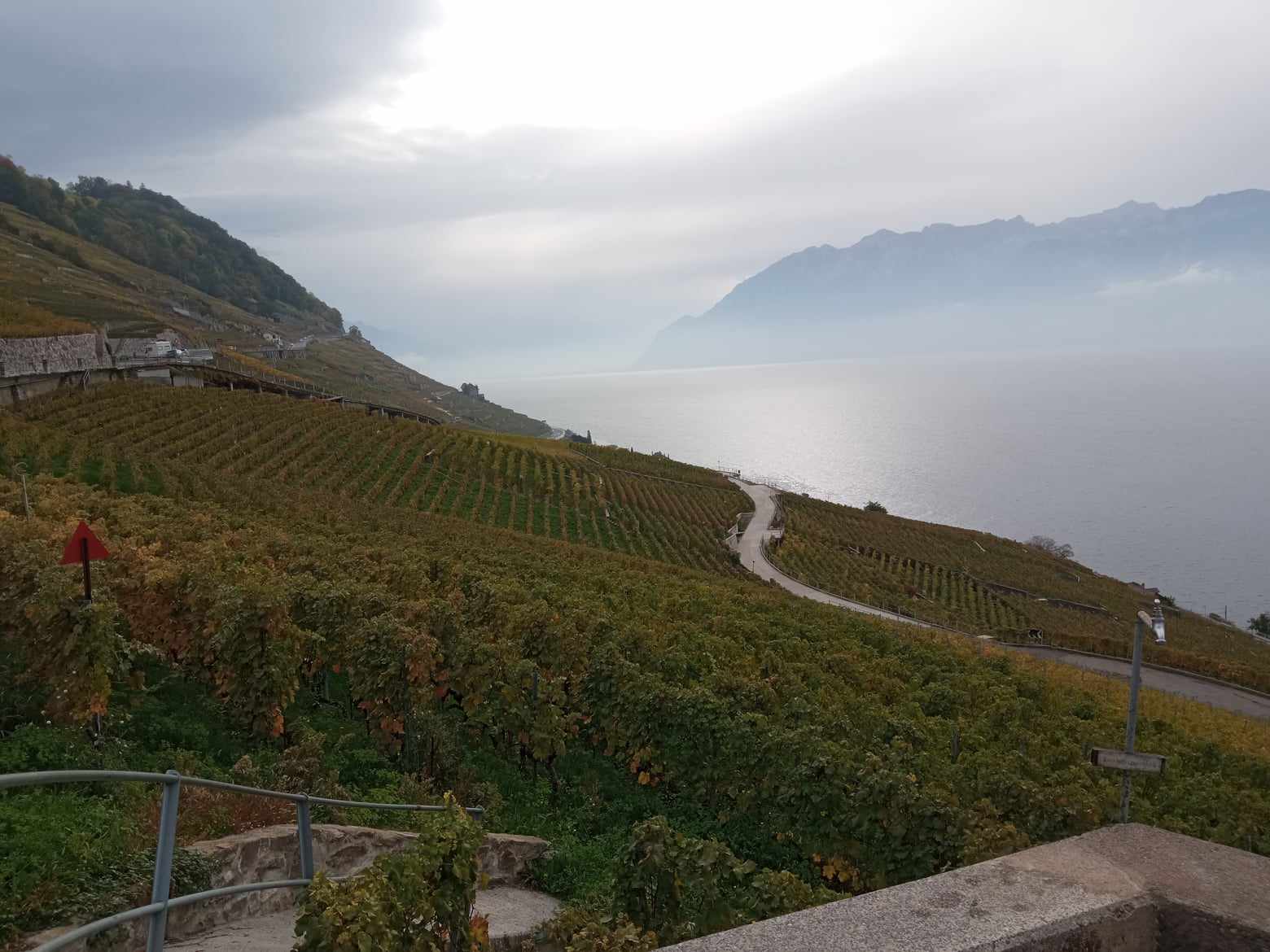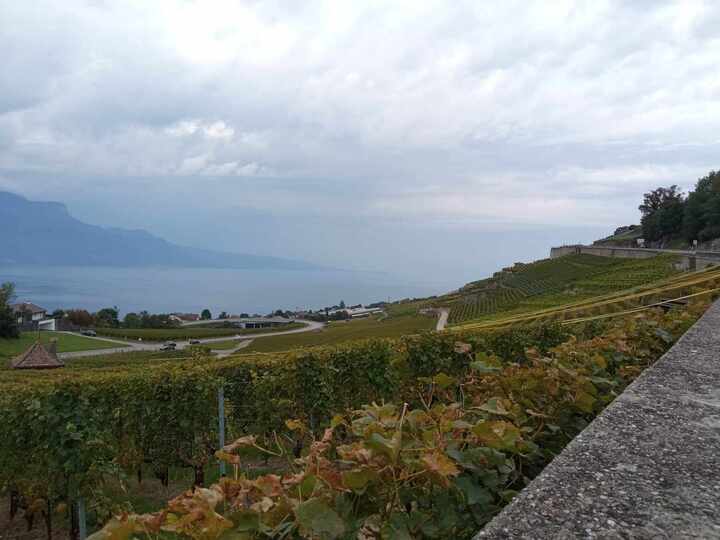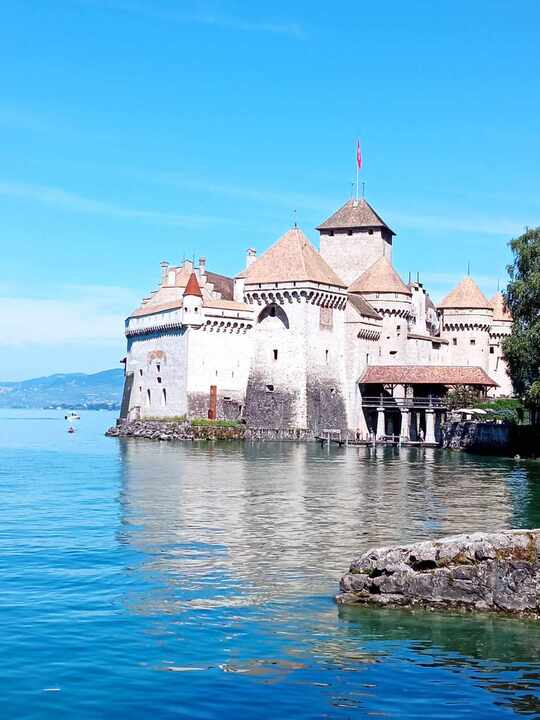A wine tasting
experience featuring 13 wines from the Vaud vineyards is a captivating
journey through one of Switzerland’s most historic and diverse wine regions,
where centuries-old traditions, breathtaking landscapes, and expert
craftsmanship come together to create an unforgettable experience. As the
country’s second-largest wine-producing canton, Vaud is home to six
distinct wine regions—Lavaux, La
Côte, Chablais, Côtes de l’Orbe, Bonvillars, and Vully—each offering a
unique expression of terroir shaped by the Alps,
Lake Geneva, and the Jura Mountains. The tasting often begins with Chasselas, the signature white grape of
Vaud, known for its crisp minerality and ability to reflect the characteristics
of its origin, from the structured, age-worthy Dézaley Grand Cru of Lavaux to the light and floral
Chasselas from La Côte. As the tasting progresses, visitors explore a range of expressive red wines, including the
elegant Pinot Noir, the fruity and
peppery Gamay, and unique Swiss varietals like Garanoir, Gamaret, and Plant Robert,
each contributing to the diversity of Vaud’s winemaking tradition. Some
tastings may feature rare white blends
or oak-aged selections, showcasing the creativity of local winemakers who merge
tradition with modern innovation. The experience is often enriched by expert-led pairings, featuring artisanal
cheeses such as Gruyère and Tomme
Vaudoise, alongside dried meats,
crusty bread, and local delicacies, enhancing the flavors of each
wine. Whether held in a historic wine
cellar, a sun-drenched vineyard terrace, or a charming village winery,
every tasting is accompanied by spectacular views of rolling vine-covered hills, shimmering lake reflections, and the
majestic Alps in the distance. Throughout the experience, passionate winemakers and sommeliers share
fascinating stories about the heritage, geology, and meticulous craftsmanship
behind each bottle, offering insights into the terroir-driven philosophy that makes Vaud wines so
distinctive. Some wineries even allow guests to explore their vineyards, barrel rooms, and production
facilities, deepening the connection between the land and the glass.
Whether for seasoned wine connoisseurs or those new to Swiss wines, a 13-wine tasting in Vaud is more than
just a sampling—it is a celebration of history, nature, and the timeless art of
winemaking that defines this extraordinary region.



